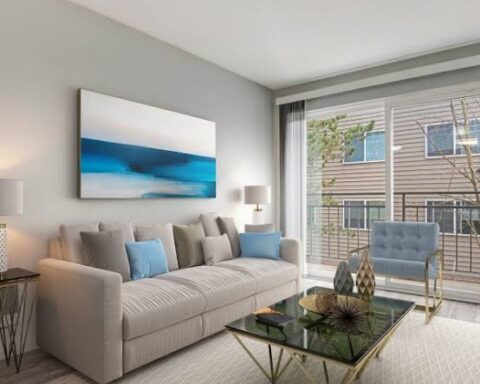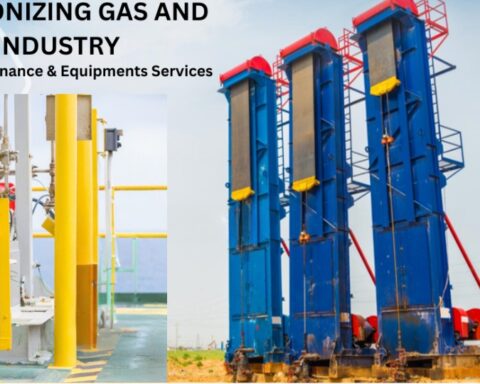Wall murals have evolved from being mere decorative pieces to powerful mediums of expression, transforming mundane walls into vibrant canvases that narrate stories, invoke emotions, and create immersive experiences. With the advent of advanced wall mural printing technologies, the scope for creativity and personalization has soared, offering endless possibilities to both artists and consumers. This article delves into the world of wall mural printing, exploring its techniques, applications, and the impact it has on modern interior design and public spaces.
Evolution of Wall Murals Historically, wall murals have been a form of artistic expression dating back to ancient civilizations. From the frescoes of the Renaissance to the graffiti art of the modern era, murals have always been a reflection of cultural, social, and political environments. In recent years, the evolution of digital printing technologies has revolutionized the way murals are created and perceived. No longer constrained by the limitations of hand-painting, artists and designers can now produce murals with intricate details and a plethora of colors, bringing their most ambitious visions to life.
The Technology Behind Wall Mural Printing Modern wall mural printing utilizes state-of-the-art digital printing techniques. The most common methods include:
Inkjet Printing: This method employs large-format inkjet printers that can print on various materials, including vinyl, fabric, and paper. It’s known for its high-quality output, capable of producing rich colors and sharp details.
UV Printing: UV printers use ultraviolet lights to cure or dry the ink as it’s printed. This method is highly durable and resistant to fading, making it ideal for outdoor murals.
Latex Printing: Latex printing is an eco-friendly option that uses water-based inks. It’s odorless and safe for indoor environments, such as schools and hospitals.
Materials and Surfaces The choice of material for a wall mural depends on its intended use and location. Vinyl is popular for its durability and ease of installation and removal. Fabric murals offer a textured, sophisticated look, while non-woven paper murals are eco-friendly and breathable. These materials can be applied to various surfaces, including drywall, glass, and metal, allowing for murals to be placed in diverse settings.
Design and Personalization One of the most exciting aspects of wall mural printing is the level of customization it offers. Clients can choose from a wide range of stock images, or they can provide their own photographs and designs. This personalization makes wall murals an attractive option for businesses looking to strengthen their branding, homeowners wanting to add a personal touch to their living spaces, and public institutions aiming to convey specific messages.
Applications and Trends Wall murals are versatile and find applications in various sectors:
Home Interiors: Murals can transform living rooms, bedrooms, and kitchens, creating unique and personalized spaces.
Commercial Spaces: Businesses use murals for branding and creating engaging environments in offices, retail spaces, and restaurants.
Public Art: Cities around the world are embracing murals as a form of public art, revitalizing neighborhoods and becoming tourist attractions.
Exhibitions and Events: Temporary murals are increasingly being used in exhibitions, trade shows, and events for impactful visual storytelling.
Impact on Interior Design and Public Spaces Wall murals have a profound impact on interior design and public spaces:
Aesthetic Appeal: Murals add color, depth, and texture to spaces, enhancing the overall aesthetic appeal.
Storytelling: They can tell stories and convey messages, adding a layer of depth and meaning to the environment.
Brand Identity: In commercial settings, murals reinforce brand identity and create a memorable customer experience.
Community Engagement: Public murals often involve community participation, fostering a sense of ownership and pride.
Sustainability and Future Trends The future of wall mural printing is leaning towards sustainability. Eco-friendly inks, recyclable materials, and energy-efficient printing processes are becoming increasingly important. Additionally, trends like interactive murals, incorporating augmented reality, and integrating lighting elements are on the rise, pushing the boundaries of what wall murals can achieve.
Conclusion Wall mural printing stands at the intersection of technology, art, and design, offering a dynamic tool for personal and public expression. As printing technologies continue to advance, and as the demand for personalized and meaningful spaces grows, wall murals will undoubtedly play a significant role in shaping our visual environments, both indoors and outdoors. Whether it’s a bold statement in a public square or a subtle accent in a living room, wall murals have the power to transform spaces in profound ways, making them more than just walls, but canvases for human creativity and expression.





